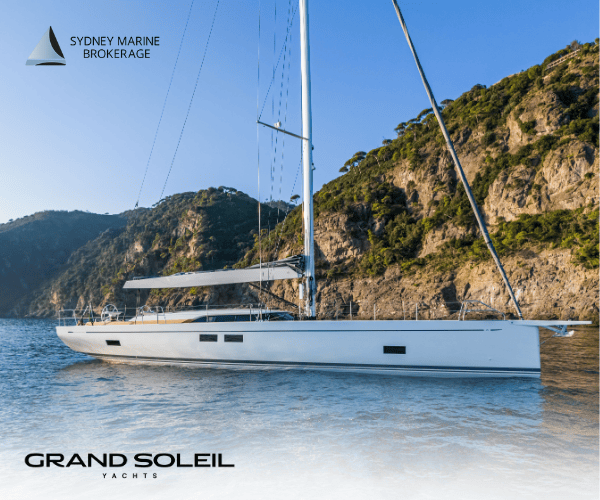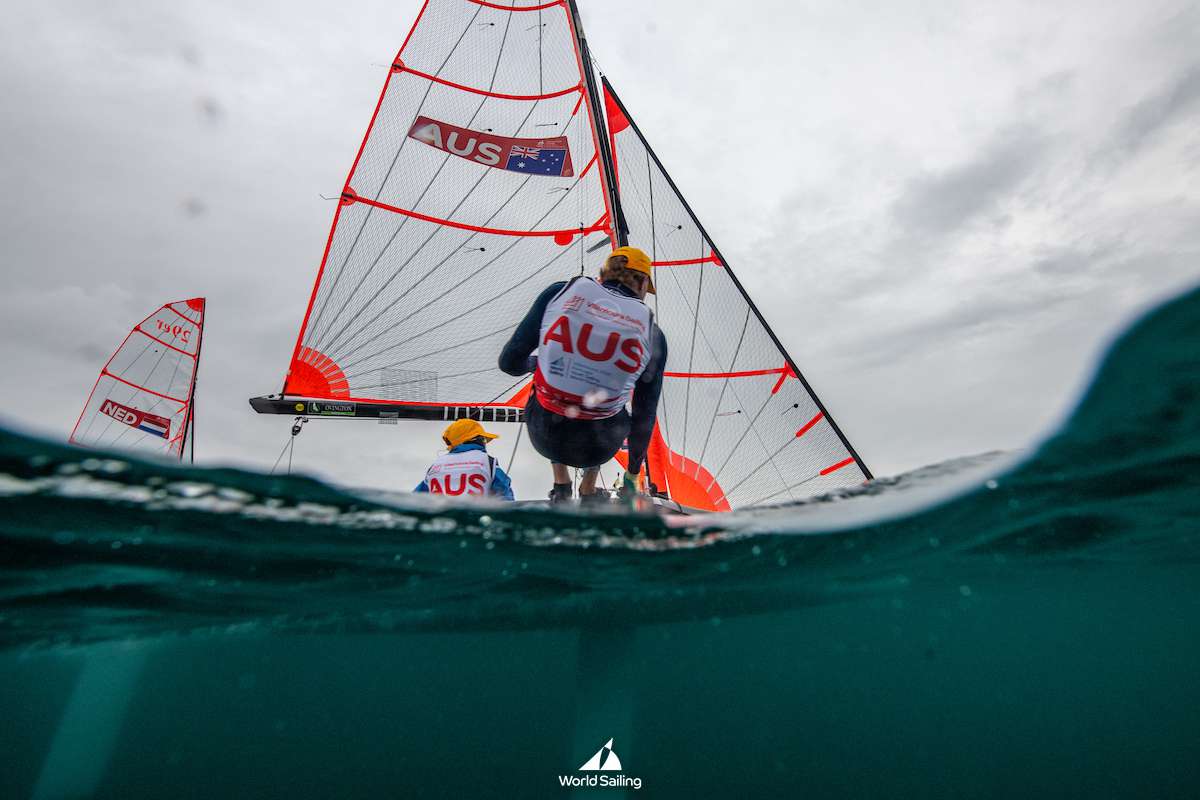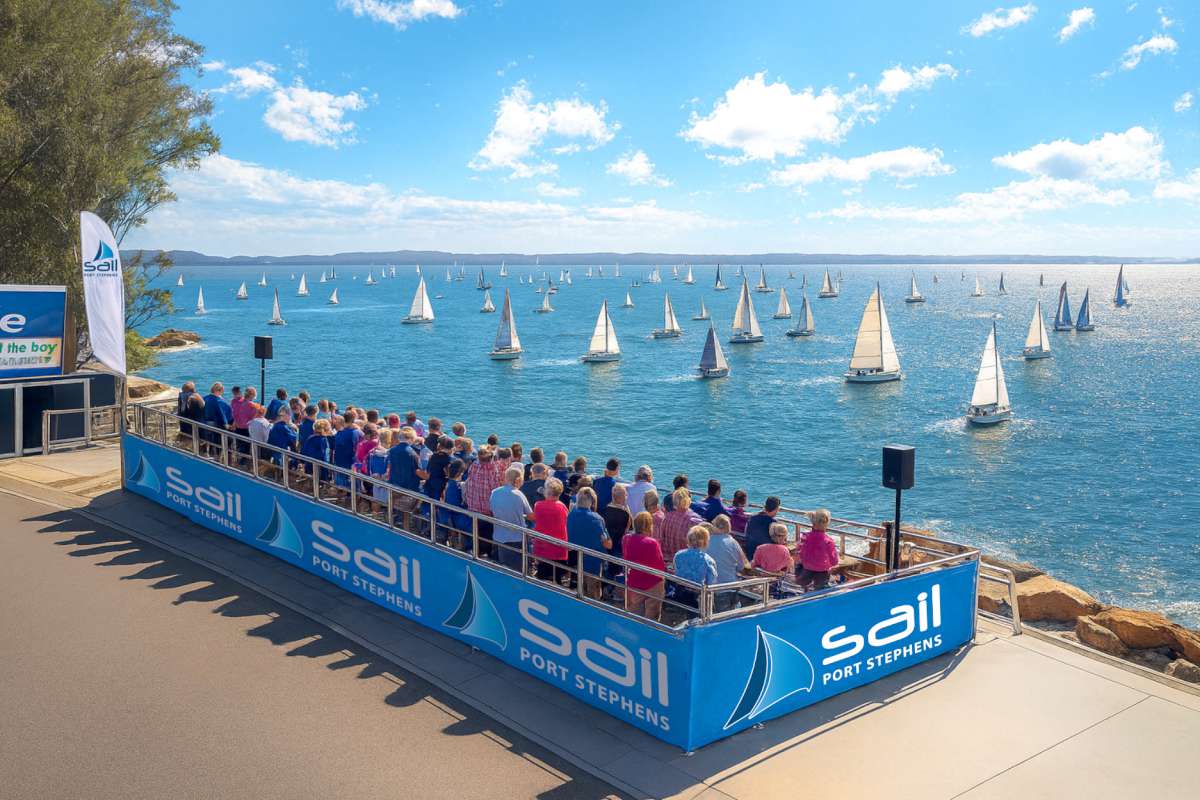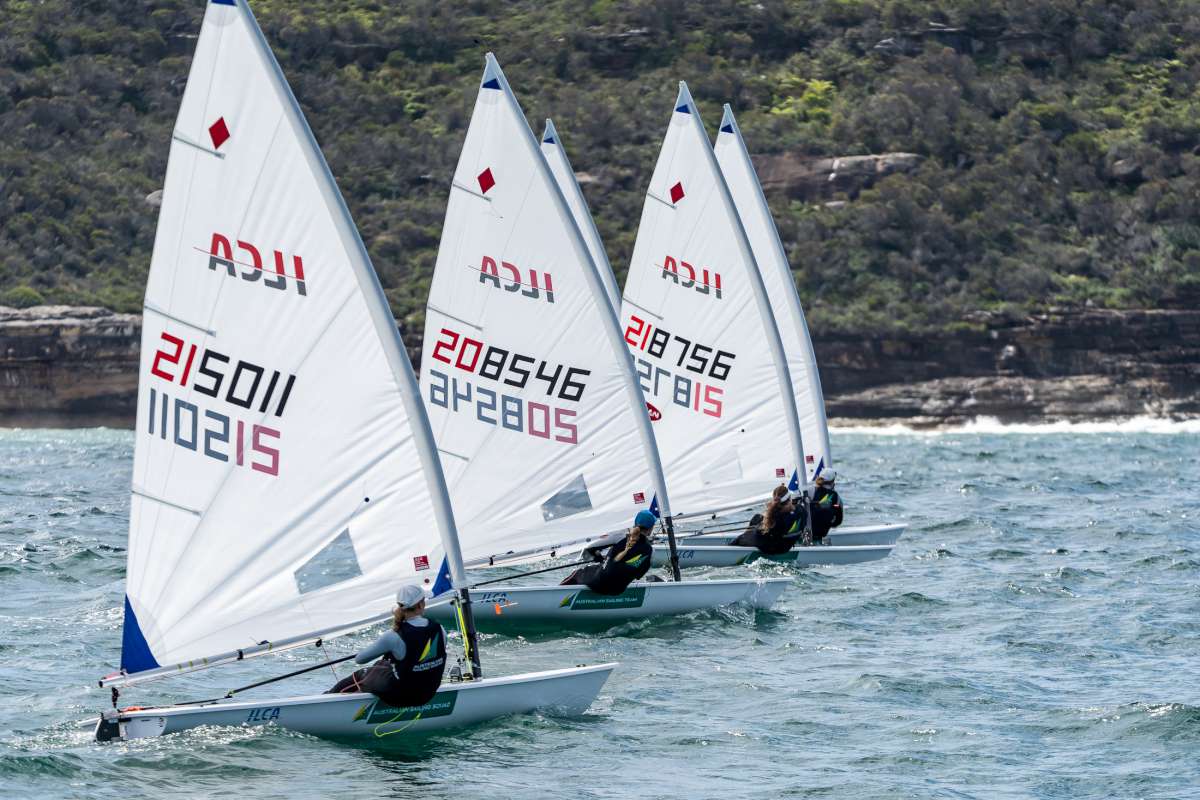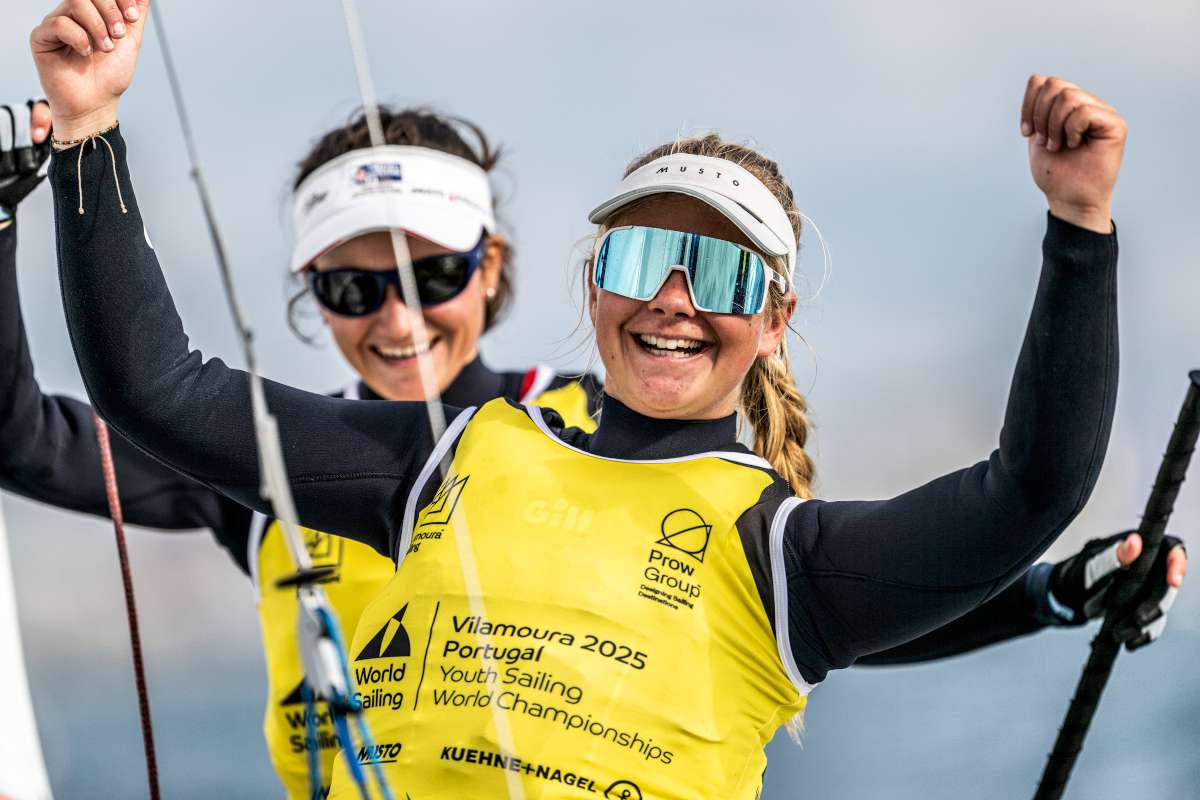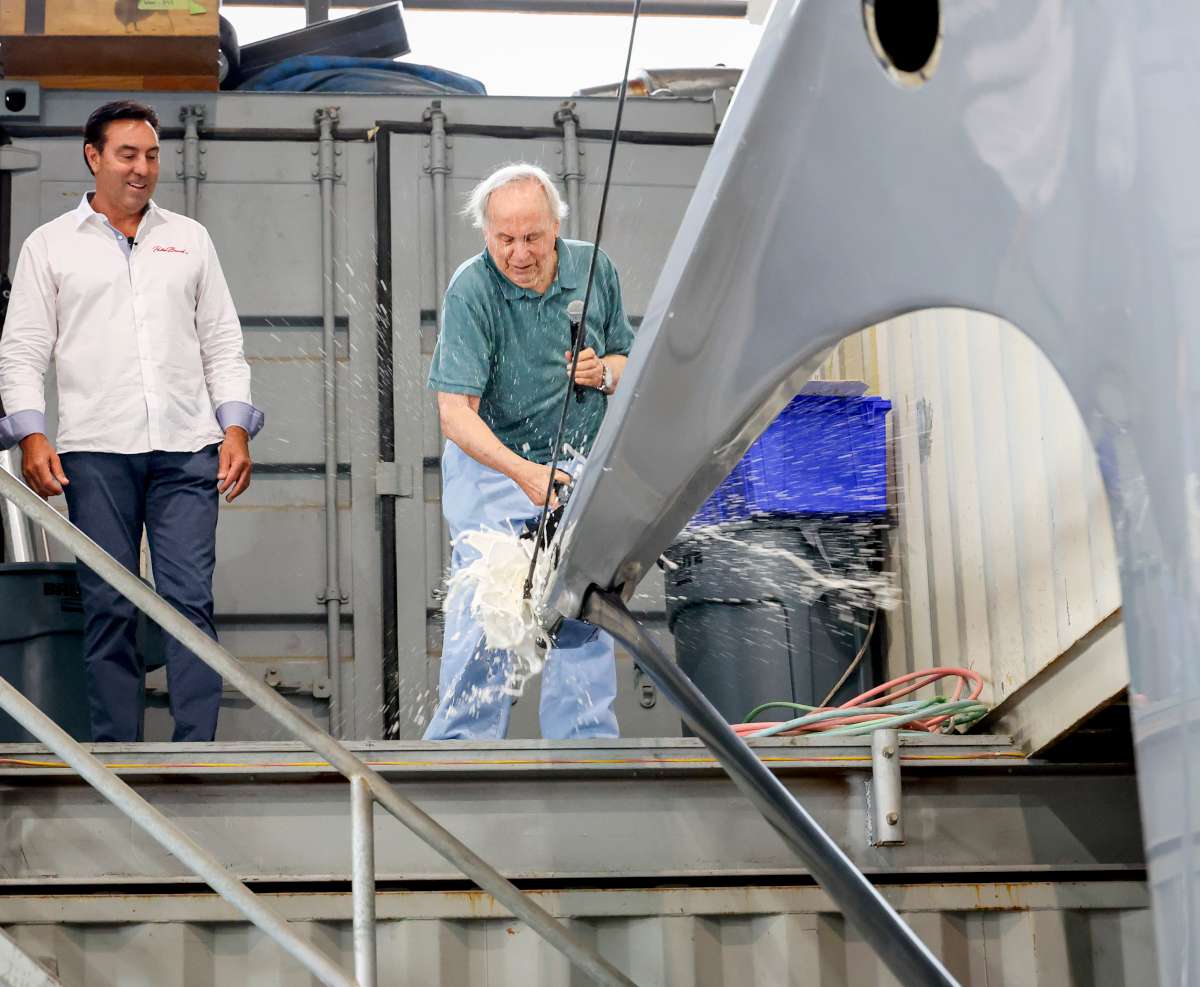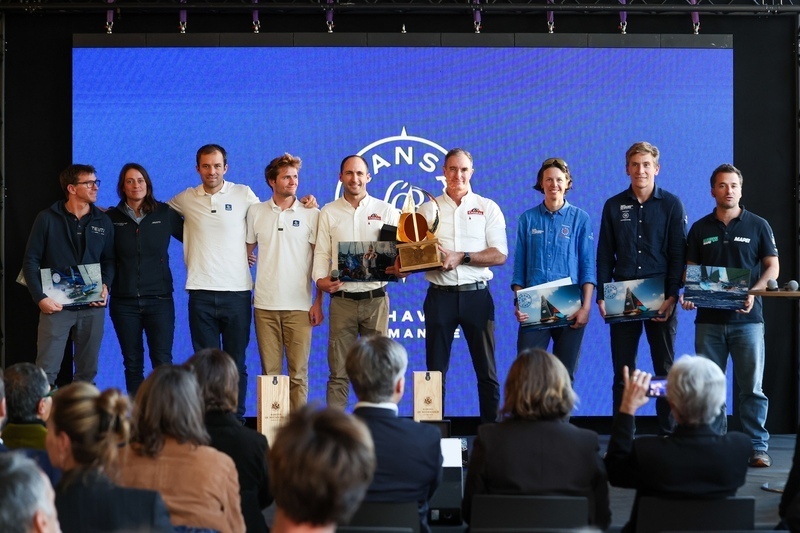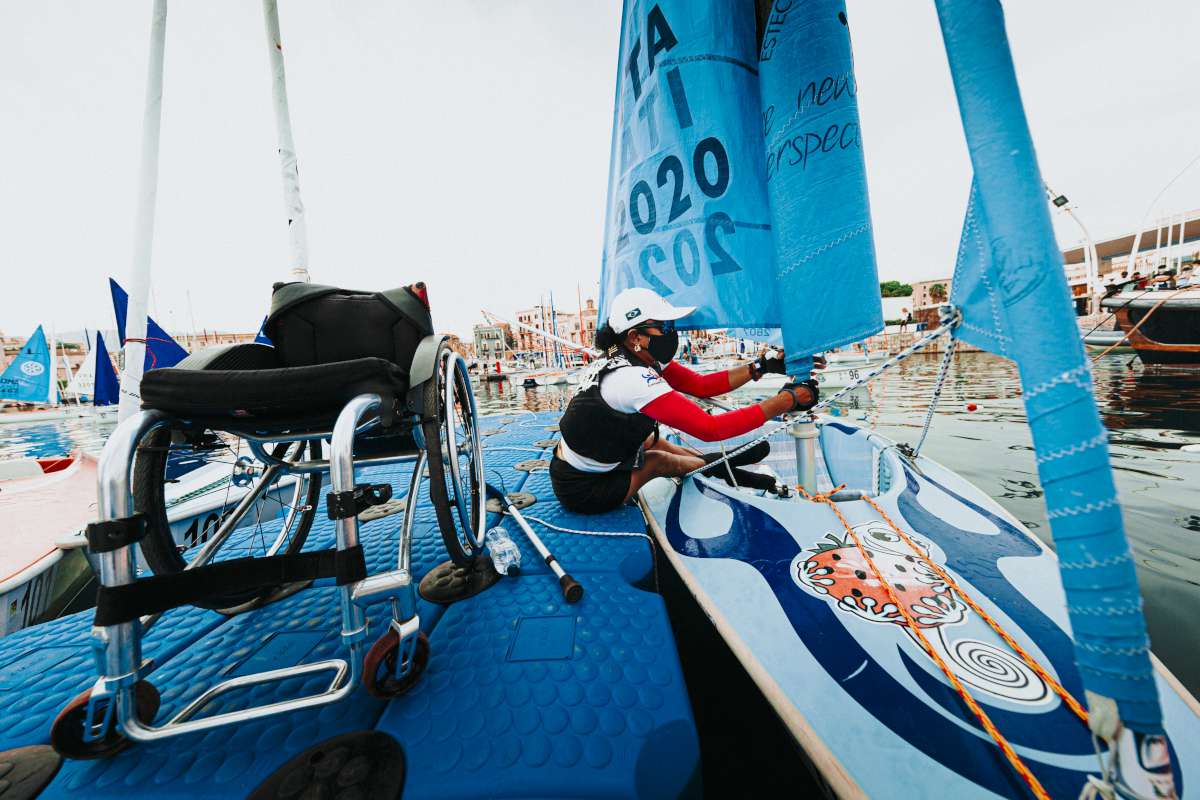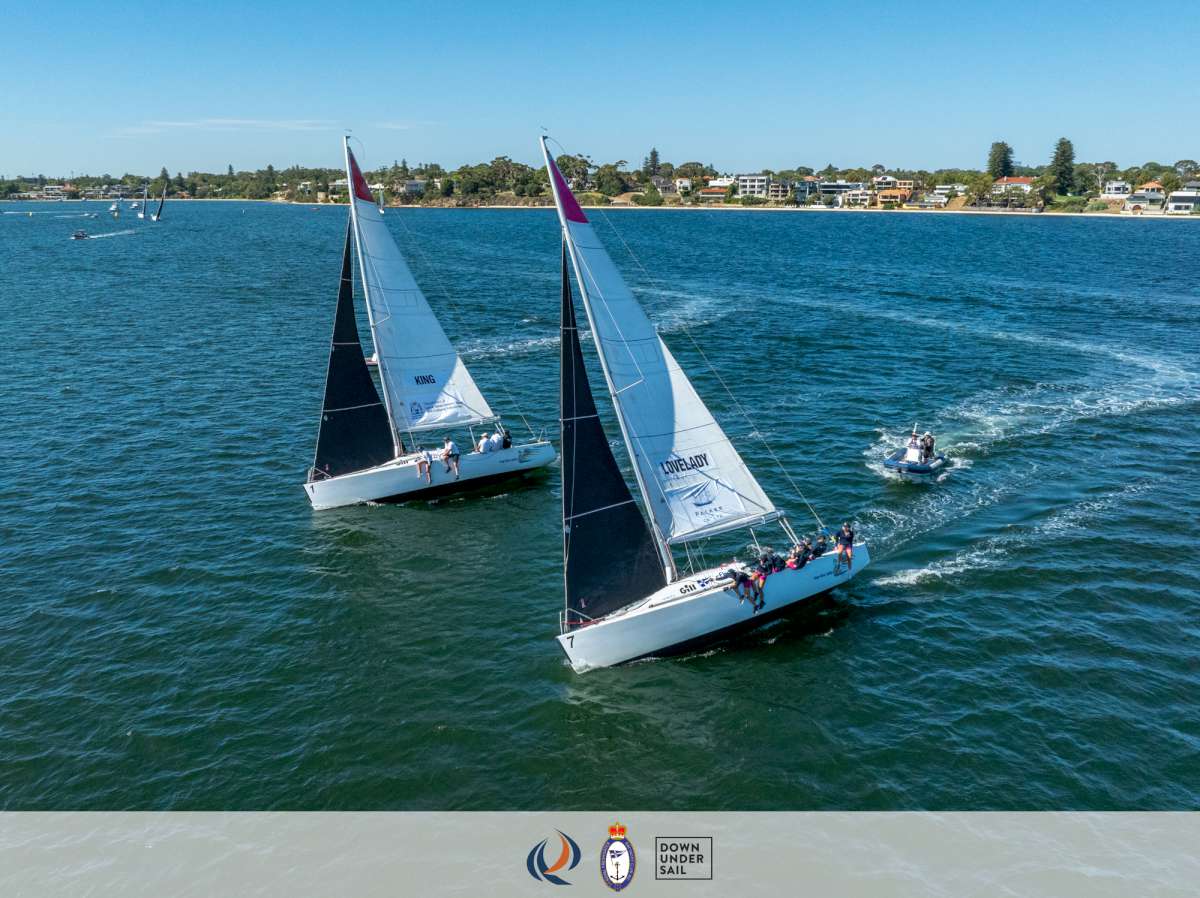Having spent the last five years living onboard Leventeia, a Beneteau Oceanis 43, having a great time sailing from Gibraltar to Turkey, we decided to join five other boats to cruise in company through the Red Sea and out into the Indian Ocean.
Our 'Med to Asia sailing safari' was led by Albert and Sheena onboard Miyagi Moon, an Oyster 434. They had cruised the Egyptian Red Sea over three seasons, but this year they were heading all the way south before crossing the Indian Ocean en route to Thailand.
They offered to share their experiences with anyone who wanted to join, so the safari also had: Galaxie, an 18 metre Turkish Gullet; Ron Glass, a 14m junk-rigged schooner; Bonaventure, an Oceanis 411 and Les Siamois, a 13m ketch. The boats are as varied as the characters onboard, so for Albert and Sheena it was like herding cats through the maze of post-Ottoman Egyptian officialdom.
The first official rendezvous for our safari was at Kastellorizo, the eastern-most Greek island which is only two miles south of the Turkish village of Kas. We anchored in Mandraki Harbour, about 0.3 nautical miles to the east of the main harbour.
We arrived a few days earlier than the others, so were able to explore a little of the island. Prior to World War One there were about 16,000 people living there but, with the Greek/Turkish resettlement program plus WWII and natural disasters, there are only about 200 permanent residents. Many islanders migrated to Australia and now the RRs (rich relos) have started to return and renovate the old houses in a colourful, sympathetic way which brings life back to the deserted hills around the harbour.
It is a charming island, with one of its most famous attractions being the Blue Grotto. We ended up going twice, the second time in the dinghy so we could visit the cave just after dawn when the light was at its most vibrant. You enter the cave via a tiny opening only 1m above sea level; the local tourist boats instruct their passengers to lie down so they do not hit their heads on entry.
Once you are through the entrance the cave opens into a spectacular 75m hall, 35m high and 20m wide. The cave opening goes down about 10m deep and, when the angle is right, the sunbeams hit the underwater sides and refract into a dazzling display of blue hues.
We had the place to ourselves for about an hour before our wonder was consumed by our need for breakfast.
The next day we met three of the other safari boats, then left for the overnight sail to Cyprus. The east Med has a milder autumn than Greece so we were lucky to have a quiet overnight motorsail to Paphos. We arrived on the 23rd October hoping for a few days of exploration around Cyprus. Galaxy joined us that afternoon having sailed directly from Marmaris.
The only rain we had since May was one morning in Fetheia in early October, but the gods well and truly caught up with us in Paphos. Tuesday and Wednesday had fierce storms which saw four out of the five boats drag their anchors, with one gently nudging the rocks before casting off for a very uncomfortable night anchored outside the harbour.
Paphos is a very crowded harbour with local fishing boats, tourist operators and coast guard leaving very little room for visiting yachts. The harbourmaster found space for all of us with Mediterranean mooring, however one boat was right under the anchor of the local coast guard, another had to raft up outside a local fishing boat and the rest of us had to take long lines over the wharf to tie up on the rocks behind as there were not enough cleats or bollards.
Paphos seemed like a nice place – and the authorities were the friendliest I've encountered in 5 years in the Med, but on Thursday morning we all agreed on the weather window to go the 200 miles south to Port Said. It was good we left when we did, as the next couple of days had more storms which would surely have led to more chaos.
Even though we escaped the lightning and thunder we could not avoid the seas. The first night was not the best: two metre swells coming from different directions and very little wind meant Leventeia was tossed about all over the place. The second day and night were better, with calmer seas and a light NW'ly giving us a chance to turn our motors off and enjoy the sail.
Approaching Port Said we had to wait until around 7am before we could call the Port authorities for permission to enter the channel. We slowed down as much as we could, but sailing at four knots meant we still arrived around 4am.
The volume of shipping was amazing. There are southbound convoys of 40 to 50 ships lining up for the Suez from about 5am. In the pitch dark we had to avoid everything from huge supertankers, to car carriers, container ships and homicidal fishing boats which steered straight for us before veering off about 50m away. The combination of AIS and radar was invaluable for maintaining a clear view of everyone's movements.
The plan was for all boats to rendezvous about a mile north of the entrance channel. Having not seen anyone for hours we all somehow appeared just as the first boat, Miyagi Moon, radioed for permission to proceed.
Every vessel has to call Port Suez Control on channel 12 so the traffic can be monitored and controlled.
Listening on the radio was quite funny as Albert was given permission, but, even though we all called, Port Control would only talk to Miyagi Moon. Albert had to repeat his position about three times, then he had to give all our details, then repeat his own position again. He was getting more and more frustrated as the rest of us sat back and listened while he did all the work for us.
After about 15 minutes the civil conversation almost turned into a shouting match before we all had permission to proceed, so we entered the channel and prepared to embark our pilots.
We had heard various stories about these guys, you had to offer backsheesh before the pilot boarded otherwise the pilot boat would try to ram you. A can of coke and/or chocolate and/or chips and/or US$10 was supposedly required. We did not really have a clue, we had a bag with coke, chocolate and chips at the ready so when the pilot boat approached we just handed the whole thing over. The coxswain seemed pretty happy as he came alongside without touching Leventeia. Then the slimy, thievin' local bastard (STLB) of a pilot came onboard.
You might have the impression I was not impressed with him?
He guided us safely into Port Fahoud Sailing Club, where we had to officially enter Egypt with customs and the other authorities. Les Siamois had arrived two days earlier and were waiting patiently for us.
The club is really just an indent on the canal. We had to berth stern-to but stay about 3m off the concrete quay so we would not be smashed by the wakes of passing ships and pilot boats.
We all dropped our dinghies so we could ferry ourselves ashore from our sterns. In the turmoil of berthing we did not notice aforementioned STLB pocket our hand-held radio. But we got off relatively lightly.
The clearance process took all day, with immigration, customs, military intelligence and the Suez Canal Measurement Official. He is supposed to board all boats for a special Suez Canal Tonnage Measurement. It is an anachronistic system dating back to the late 19th century but still used to calculate fees for every vessel transiting the canal.
The measurement official would not board the boats via dinghy as he thought it was too dangerous, so we all made up measurements to give him. Then the military intelligence arrived.
I understand that they have to be vigilant about gun running and smuggling. The guy who came onboard Leventeia basically looked under a few cushions and asked if we had any guns. We told him our biggest weapon was the frying pan, so he accepted that after asking for a personal assurance that we did not have guns. Pretty easy to stay straight-faced when you are telling the truth. But unfortunately Miyagi Moon did not get off so easily.
They had a drone onboard and, as we all soon learnt, having a drone in Egypt is a grey area. Apparently you can own one but you cannot fly it. But, here the STLBs came back into play, drones seem to be a favourite for confiscation. So, after hours of searching, the military intelligence decided to take Miyagi Moon's drone for 'security reasons'.
Albert was furious. He and Sheena were screaming blue murder at the officials, which perhaps was not the wisest move. They were told they could not move until they handed the drone over. I suggested they threaten to call the British Embassy as Miyagi Moon was one of the three Brits in the fleet. When they did this the police left for the night, but the issue still wasn't resolved.
The rest of us had permission to proceed into the canal, but we all agreed that we would stay to support Miyagi Moon and wait for the mess to be cleared up.
The next day there were another couple of hours of arguments, threats, shouts. All very amusing for us on the other boats, but quite distressing for Albert and Sheena. In the end they had to forfeit the drone, so Albert made sure he installed a zillion different passwords so the STLBs could never fly the thing.
Our first experience of official corruption. But, as in most cases like this, the evil few are way outnumbered by the genuinely friendly and helpful Egyptians (GFHEs).
Our agent through all this: Captain Heebie of Prince of the Red Sea Company, definitely a GFHE, tried to maintain the peace and act as a negotiator; but even he was placed under arrest for an hour as he argued for Albert and Sheena. So, instead of spending one night at Port Fahoud we stayed two.
We had lost a hand-held radio, Myagi Moon their drone, but we were all much more aware of what could happen and how different the culture is to the relatively law-abiding societies we come from.
So at last on Monday morning we cast off from Port Fahoud and motored south into the Suez Canal. The clearance process was as efficiently handled as possible by Capt. Heebie. You can do it yourself but, based on stories we have heard, it often takes over a week.
Costs for our 13.1m Beneteau were US$63 for berthing: even though we stayed two nights the $21/day is calculated from midnight to midnight; $50 for two visas, $170 for the agent and $265 for the canal fees. This included pilotage costs.
We had to have another pilot onboard, so as soon as he stepped over the guardrail I told him about our bad experience with the previous STLB and he did not say a thing for about three hours.
The first day was about 45 miles to Ismailia. Although it was very exciting to be in the canal there was not much to see. The northbound convoy was a little scary until we got used to passing these giants at 100 metres or so. There were army barracks every few miles, tall fences to keep everyone out of the canal and local fisherman who row their boats everywhere.
Apparently outboards are banned in case they are used to attack shipping. Or so our pilot said once he started talking to us.
The canal has a fascinating history. Rameses II first tried to link the Red Sea with the Med around the 12th century BC, Ptolemy II gave it a go in 274BC, Cleopatra tried to move her fleet overland when she was on the run from Julius Caeser after Antony proved to be a dud, then a bloke called Trajan in the 1stC AD dug a canal cross country from the Nile delta to modern day Ismailia.
Others who tried included Napoleon and the British East India Company, until finally in 1869 a French/British/Ottoman conglomerate finished the 90 nautical mile canal that we know today.
Ismailia's half way along the canal and, after the previous week's storms, sloppy seas, corruption and other assorted hassles we all decided to stay an extra day in Ismailia.
Timing was good as the Egyptian Government had only two days previously lifted a ban on foreigners entering Ismailia. A few weeks ago the Muslim Brotherhood had stirred up a bit of trouble, killing a few locals in a terrorist attack.
We had to be careful and were warned not to approach any crowds, but we were glad to get off the boat and go for a walk. At one stage we smelt something delicious and, as we turned the corner, we found a street vendor selling amazing blackened fish and spicy, pungent stewed prawns. One fish and a half kilo of prawns cost about US$4, so back to the boat and a mini-feast for lunch.
After our much-needed rest day we were off again at 5am with another pilot to go the second 45 miles. Even though the excitement of being in the Suez was not as intense on day two, it was much more interesting. As we sailed through the Bitter Lakes we passed fishermen using torn sheets for sails, as well as more army and navy depots.
At various intervals there were army pontoons, which can be deployed in the event that Israel blows up the road and rail bridges across the canal. I could not help thinking that perhaps the Israelis might also blow up the pontoons if they are bombing the bridges. Despite my obvious lack of military strategy it was another example of the tensions everyone lives with in this region.
And so into Port Suez or, in our case, Port Tawqib Sailing and Rowing Club. It was probably a grand address 40 or 50 years ago but now, like the little of Egypt we had seen so far, it is rundown and decaying.
We stayed here two days. The highlight was a visit to the local souk. Everything was available, except pork of course, so we bought fresh chicken while looking at tomorrow's meat alive in the cages behind the counter, vegies from the donkey cart, fruit from vendors who only sold one item, fresh prawns; all the while overwhelmed by the GFHEs.
A couple of times we wanted to buy small amounts of produce, so strangers in the queue just told us to take it and they paid!
At Port Tawqib our agent again showed what a GFHE he is. We were all pretty tired when we got into port, so he came around and invited everyone to dinner on the club's verandah, at his expense. He bought his wife and two young kids along, and gave us a delicious meal of various kebabs and spicy sauces. All just to say thank you for our business.
We also had our first experience of unofficial corruption. Capt. Heebie had told us he would organise diesel for us. We all use jerry cans as there are not any facilities for pumping diesel directly. We all had our cans ready, but then he told us the diesel was not available. A bit disappointing, but no real drama as we all had plenty to last to the next marina at Hurghuda.
But later that night the harbour master came around saying he could get the fuel for us if we did not tell anyone, so out came the cans, quietly loaded into his boat and a couple of hours later we all had full cans for the same price we were originally quoted. Nobody asked anything!
There was a huge difference in mood between Port Suez and Port Said. We had enjoyed the souk, the friendliness and even the midnight fuel subterfuge in Port Suez, so morale was pretty high heading into the Gulf of Suez.
Before we left we had to produce yet more paperwork: five copies of our crew list, copies of our passports, plus the port clearance from Port Said. Then it was into the Gulf of Suez.
Where to now?
So how difficult is it to transit the Suez Canal? Will you be able to keep your sanity dealing with the ever-changing rules and bureaucracy? With a good agent and patience it is a fascinating experience and a great way to leave the Med.
We are not sure which way we will head after the Red Sea. We might cross straight to India, turn north and sail around the Arabian Sea, or give Somalia a wide berth and head down the east coast of Africa. But first we are determined to enjoy our sailing through the Red Sea in a completely different environment to the Mediterranean.




